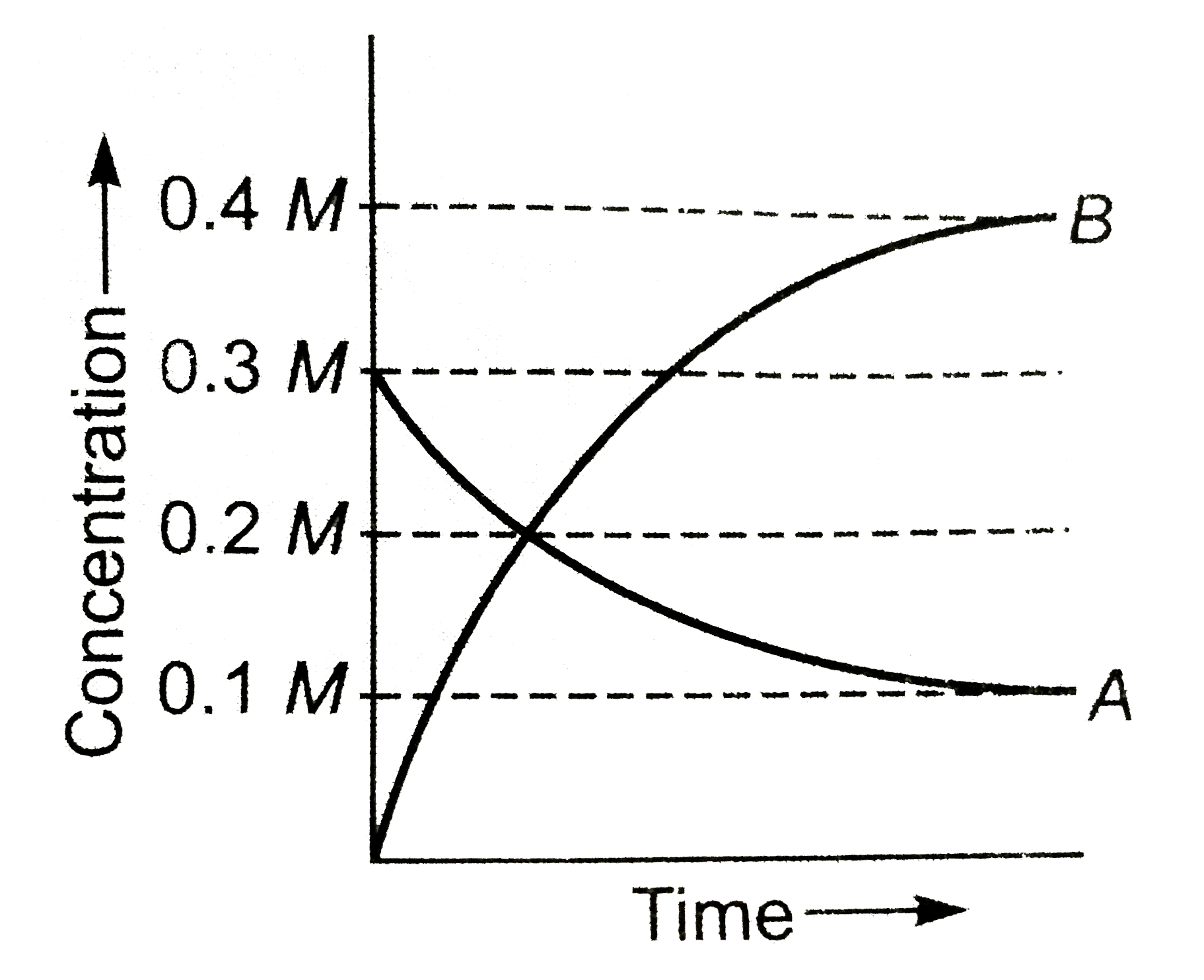The two equilibrium are simultaneously maintained in a solutio with equilibrium constant respectively. The ratio of to in the solution is
directly proportional to the concentration of .
inversely proportional to the concentration of .
directly proportional to the square of the concentration of .
inversely proportional to the square of the concentration of .
The correct Answer is:D
Therefore, (D) option is correct.
Topper's Solved these Questions
- CHEMICAL EQUILIBRIUMBook:RESONANCE ENGLISHChapter:CHEMICAL EQUILIBRIUMExercise:Exercise-2 (Part-1)
Explore 28 Videos
- CHEMICAL EQUILIBRIUMBook:RESONANCE ENGLISHChapter:CHEMICAL EQUILIBRIUMExercise:Exercise-2 (Part-2)
Explore 22 Videos
- CHEMICAL EQUILIBRIUMBook:RESONANCE ENGLISHChapter:CHEMICAL EQUILIBRIUMExercise:Exercise-1 (Part-1)
Explore 38 Videos
- CHEMICAL BONDINGBook:RESONANCE ENGLISHChapter:CHEMICAL BONDINGExercise:ORGANIC CHEMISTRY(Fundamental Concept )
Explore 6 Videos
- D & F-BLOCK ELEMENTS & THEIR IMPORTANT COMPOUNDS Book:RESONANCE ENGLISHChapter:D & F-BLOCK ELEMENTS & THEIR IMPORTANT COMPOUNDS Exercise:Match the column
Explore 1 Video
Similar Questions
Two equilibrium AB⇔A++B− and AB+B−⇔AB−2 are simultaneously maintained in a solution with equilibrium constants K1 and k2, respectively. Ratio of [A+] to [AB−2] in the solution is
View SolutionThe unit of equilibrium constant Kc for the reaction A+B⇔C would be
View SolutionThe equilibrium A(g)+4B(g)⇔AB4(g) is attained by mixing equal moles of A and B in a one litre vessel Then at equilibrium
View Solutionconsider the following gaseous equilibrium with equilibrium
constant K1 and K2 respectively
SO3(g)⇔SO2(g)+1/2O2
2SO3(g)⇔2SO2(g)+O2(g)
The equilibrium constants are related as
View SolutionIn a general reaction A+B⇔AB, which value of equilibrium constant most favours the production of AB?
View Solutionconsider the following gaseous equilibrium with equilibrium constant K1 and K2 respectively
SO2(g)+1/2O2⇔SO3(g)
2SO3(g)⇔2SO2(g)+O2(g)
The equilibrium constants are related as
View SolutionIn the equilibrium,AB(s)→A(g)+B(g), if the equilibrium concentration of A is doubled, the equilibrium concentration of B would become
View SolutionThe figure shows the change in concentration of species A and B as a function of time.
The equilibrium constant Kcfor the reactionA(g)⇔2B(g) is :

View SolutionFor the reaction H2(g)+I2(g)⇔2HI(g)
the equilibrium constant Kp changes with
View SolutionFor the reaction H2(g)+I2(g)⇔2HI(g)
the equilibrium constant Kp changes with
View Solution